Main navigation
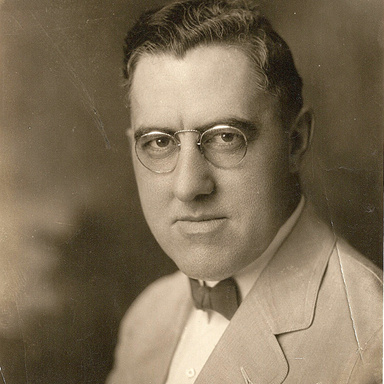
The first x-ray machine installed at The University of Iowa coincided with the opening of the new University Hospital in Iowa City in 1898, three years after Wilhelm C. Roentgen’s discovery of electromagnetic radiation.
In 1915, Dr. Bundy Allen became the first radiologist at The University of Iowa. Dr. Allen rose to become a leader of the new specialty, as have many of his successors and Iowa colleagues. He was the first editor of the journal Radiology, which was published in Iowa City for the first several years.
Department Chairs, 1930 to Present
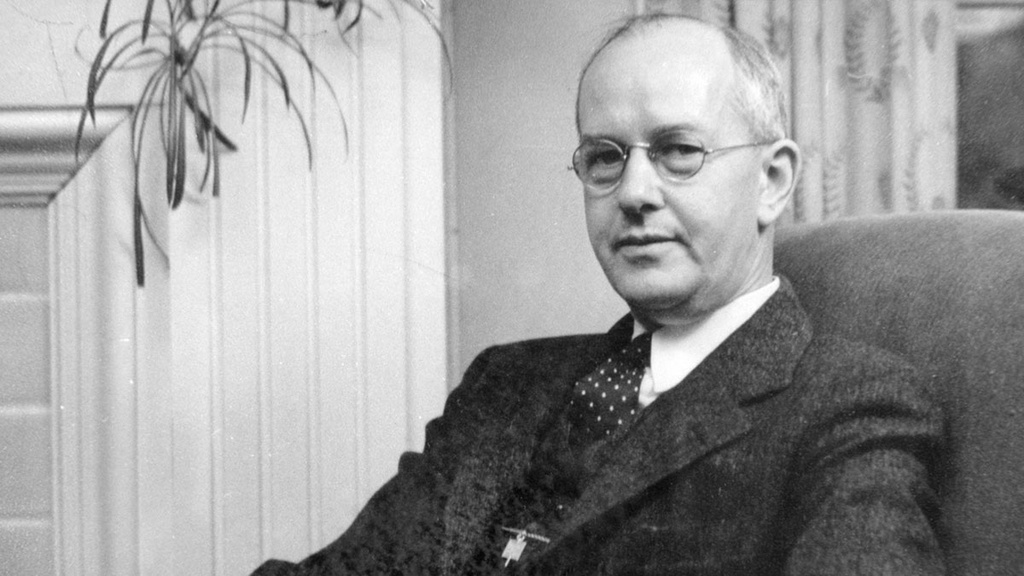
H. Dabney Kerr, MD, founding Department Head
1930-1955Harold Dabney Kerr, MD, became the first chairman of the Department of Radiology in 1930. He was recruited to head the newly formed Department of Radiology by Henry S. Houghton, MD, dean of The University of Iowa’s College of Medicine. It was Dr. Houghton who engineered the creation of an independent Department of Radiology.
Dr. Kerr assumed leadership during a difficult period. The economic collapse of the 1930s and the departure of several radiologists, including Bundy Allen, had left the radiology section flagging. Dr. Kerr was instrumental in modernizing the department. He fought for recognition of radiology as a legitimate specialty to include pay and promotions commensurate with those received by other faculty in the College of Medicine. Dr. Kerr recruited a number of outstanding faculty, including: Carl Gillies, MD; Titus Carr Evans, PhD; Higdon Elkins, MD; and Eugene Van Epps, MD. Along with Carl Gillies, Dr. Kerr formalized the hospital’s first radiology residency program and developed an x-ray technician training program. Evans was a notable pioneer in radiology research and, along with Kerr, established the Radiation Research Laboratory.
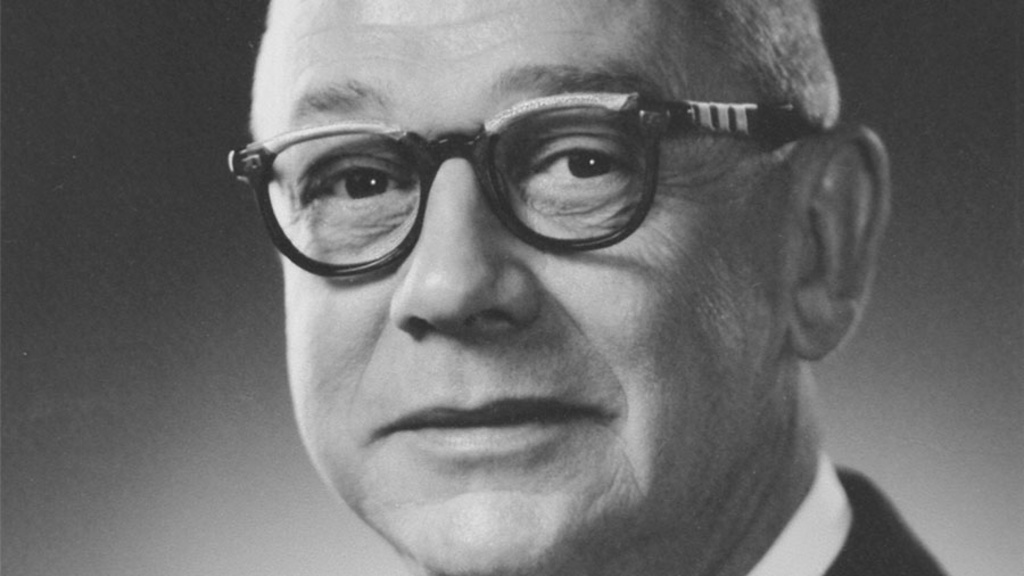
Eugene F. Van Epps, MD
1955-1966Eugene Francis Van Epps, MD, began residency training in Radiology at The University of Iowa under Dr. Kerr, and a brief 7 years later had achieved the title of Professor and Head of the Department of Radiology.
Dr. Van Epps was noted for his focus on clinical service and his ability to recruit talented faculty, taking particular interest in the training and recruitment of pediatric radiologists. He bolstered the independence of the Department by hiring a team of subspecialty experts during a time when other departments strove to dominate radiology services and technologies within their own areas. Among those notable recruits were John P. Dorst, MD, who later went on to become President of the Society of Pediatric Radiology; Howard LaTourette, MD, who headed up the Radiation Therapy division; uroradiology specialist, John Thorbury, MD; and Harry W. Fisher, MD, who became one of the most prominent physician research scientists in North America.
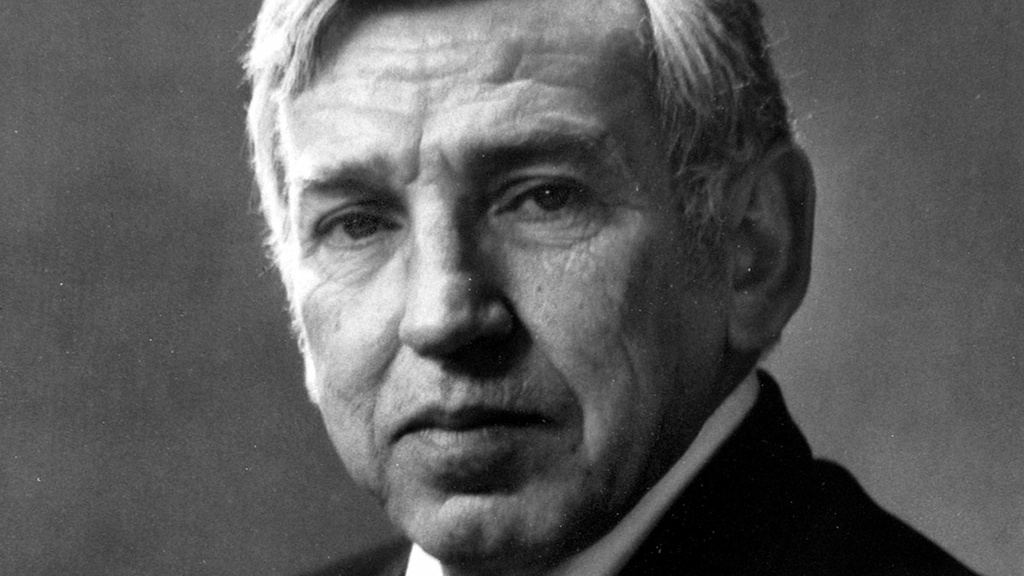
James H. Christie, MD
Dr. Christie’s tenure brought with it a number of advancements, chief among them the adoption of two new technologies. Faculty member William Cohen, MD, attended a demonstration of a new ultrasound unit that did not use ionizing radiation and produced images superior to those yielded by conventional radiographic techniques. The UI Hospital was the first in the Midwest to acquire such a unit, and Dr. Cohen became a pioneer in ultrasound for pregnancy studies. The second acquisition was a computed tomography head scanner. The UI was one of only 4 institutions worldwide (along with Mayo and Johns Hopkins) to have the scanner, and the demand for outpatient CT scans, as well as ultrasounds, increased so dramatically, the Department had to double its hours of operation, increase its physical space, as well as acquire new and upgrade existing equipment.
Education opportunites also expanded under Dr. Christie’s leadership. New fellowships offering subspecialty training were added, and a dedicated radiology elective was offered to medical students, where previously only a few hours of training were provided by non-radiologist faculty. Technology education also expanded with the addition of Radiation Therapy and Ultrasound Technology Programs.

Edmund A. (Tony) Franken, Jr., MD
1979-1994Under the leadership of Dr. Franken, the Department saw substantial growth in the acquisition of cutting- edge technologies. The early Imatron cine CT scanner, though a rough prototype, was recognized for its research potential and adopted by the Department. The UI went on to become a national leader in cine CT under the guidance of William Stanford, MD, cardiac radiologist. The Department also acquired a Picker Vista 2055 MRI unit, which, under the auspices of William Yuh, MD, allowed the University to achieve prominence in the field of neuroimaging. The Nuclear Medicine division also saw an expansion, as new division leader, Peter Kirchner, MD, successfully lobbied for the acquisition of a new SPECT system. The UI was also one of the early participants in Siemen’s study of PACS.
Dr. Franken also bolstered the number of faculty and created clear lines of leadership amongst the Department’s divisions and service sections. He established new fellowship programs in neuroradiology and musculoskeletal radiology, and expanded the residency programs. Research activity also increased markedly under his leadership.
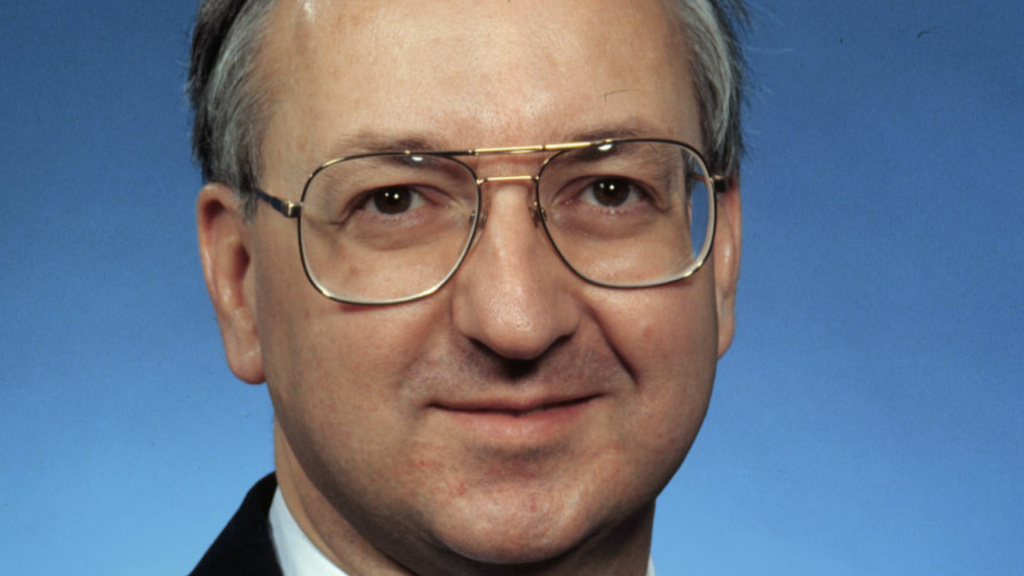
Michael W. Vannier, MD
1996-2000Dr. Vannier’s research credentials played an important role in his selection to head the Department of Radiology. His primary goals as chair were to foster research interests amongst the faculty and select junior faculty with research ambitions. Dr. Vannier was able to recruit a number of outstanding PhDs and nuclear medicine physicians with impressive credentials, and the Department saw a significant increase in research grants awarded. Dr. Vannier also sought to widen the department’s network of research connections within the College of Medicine, including the Holden Cancer Center.
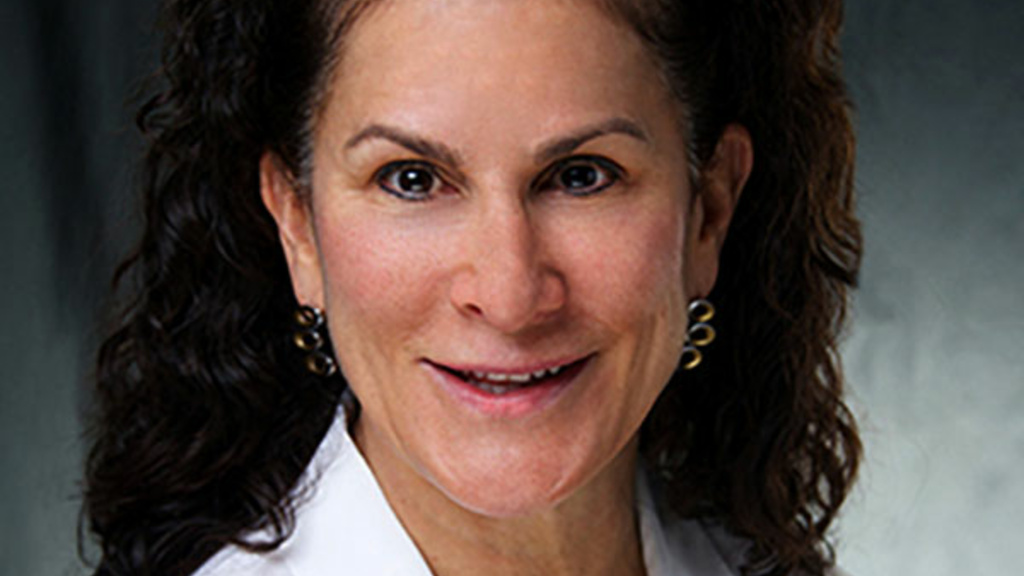
Laurie L. Fajardo, MD, MBA
2002-2011Dr. Fajardo, noted expert in breast and digital imaging, intiated many substantial changes in the Department of Radiology. In addition to significant increases in faculty, Dr. Fajardo also increased faculty voice in departmental affairs, and increased faculty productivity, both in patient services and research. She engineered an expansion of clinical facilities, especially in CT and MRI, while also strengthening the Department’s educational programs, including additional residency positions. Dr. Fajardo also boosted the Department’s commitment to research, establishing core research facilities in conjuction with the Carver College of Medicine and helping to attract major research grants to the Department.
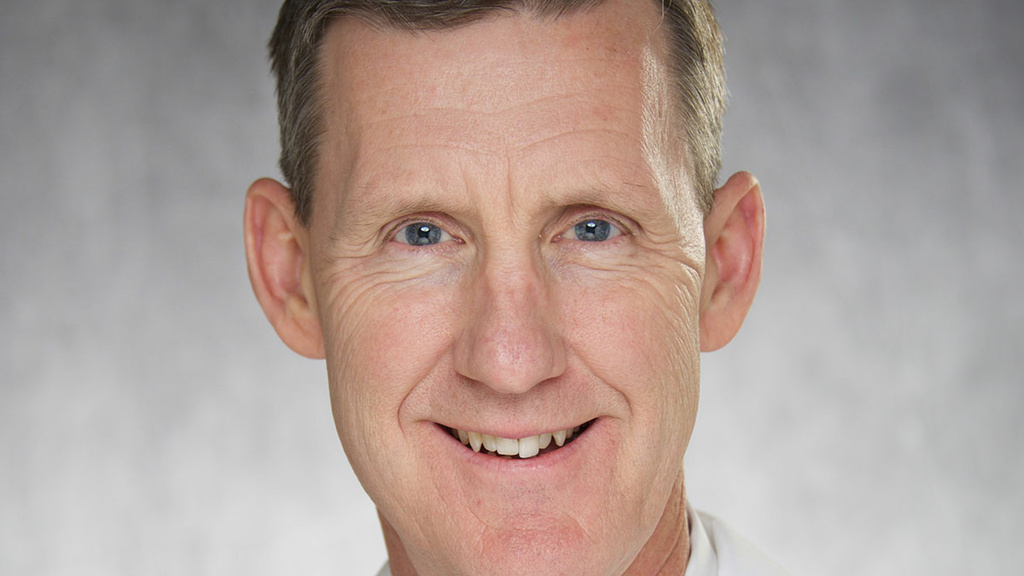
Colin P. Derdeyn, MD, FACR
2015-2023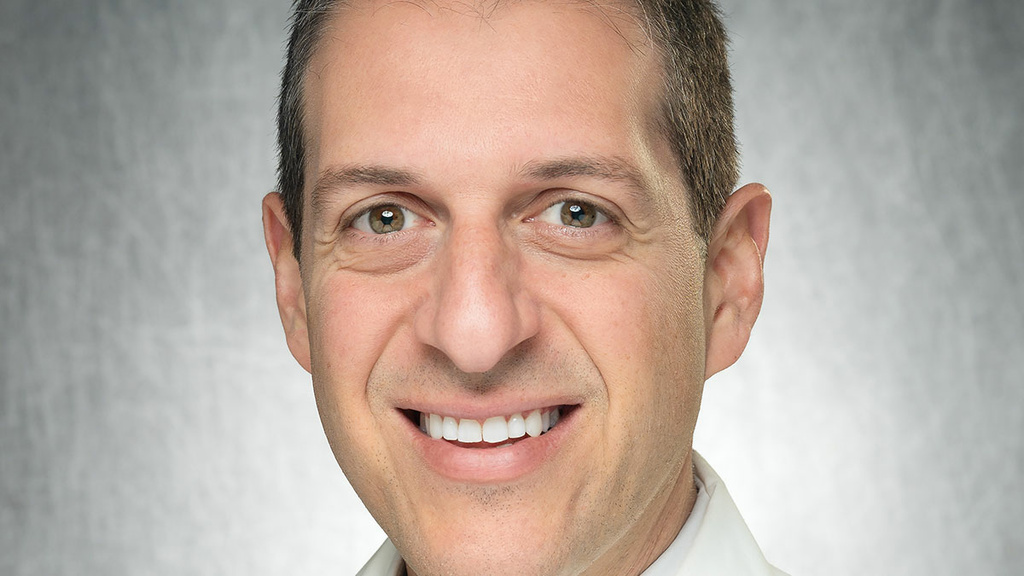
Bruno A. Policeni, MD, MBA
2024-Present